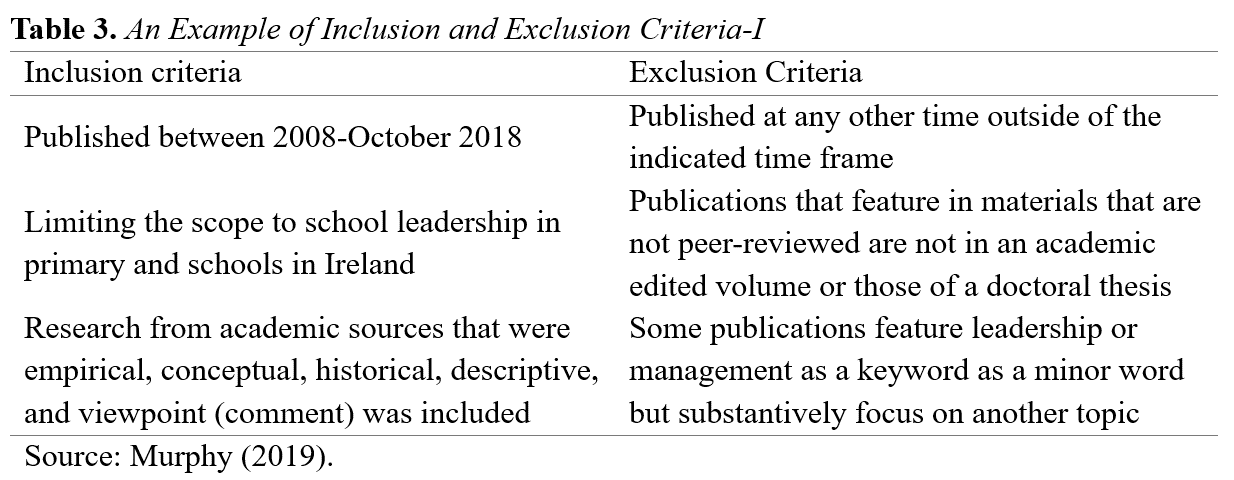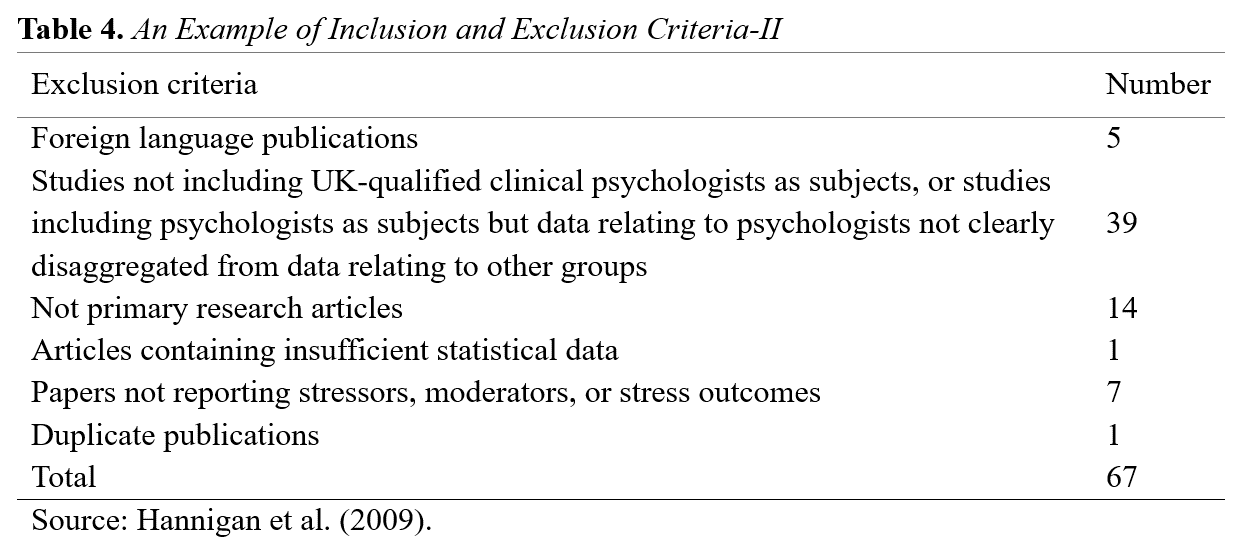In the first step of the systematic review, a thorough, transparent, and reproducible literature review is conducted. A screening strategy is established based on the inclusion and exclusion criteria defined in the research protocol. The method for selecting suitable studies needs to be carefully defined and followed, ensuring that the selection process is methodical and well-documented by at least two members of the research team to minimize bias. Each database is accessed during the literature search process, which helps in maintaining a record of the search and setting up article alerts. Limiters are set according to the inclusion and exclusion criteria to refine the search. For instance, limitations can be placed on the years considered or filtering by abstracts only, as suggested by MacMillan et al. (2019).
To ensure reliability in identifying studies for inclusion, it's advised to search all databases within the same week. The research team should agree on the number of databases to be searched. Including citation and reference list searches of the identified studies can also aid in uncovering overlooked studies. Consulting with field experts may uncover additional articles that were not identified in the initial database searches.
Using a standardized data extraction form or template is essential for systematically extracting relevant information from each selected study, facilitating the review and interpretation of results. These steps combined ensure that no published studies are missed, securing all necessary data for the systematic review.



